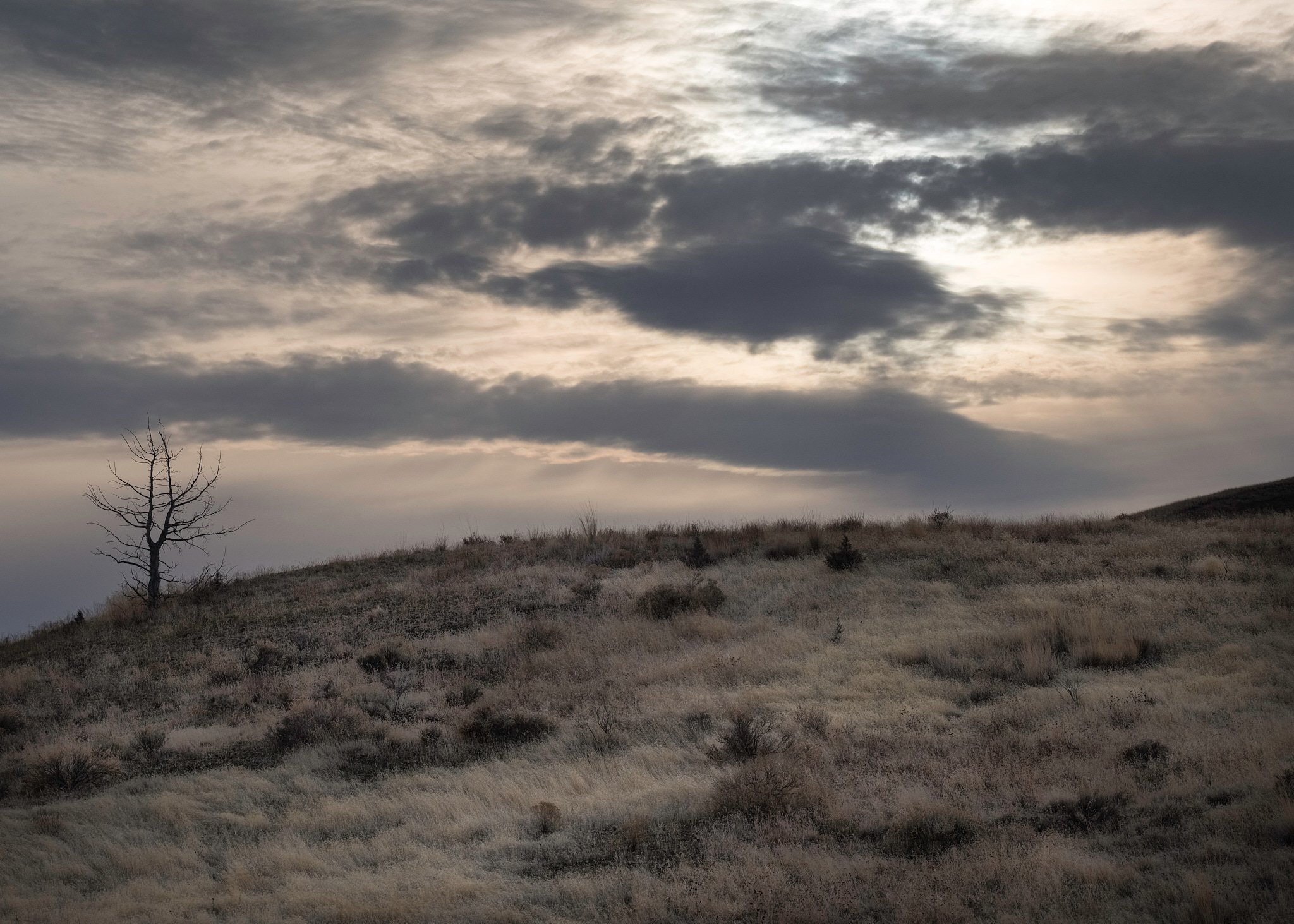Learning from Images
A few weeks ago I received a totally unexpected email that I’m not at liberty to talk fully about. Let’s just say that one of the photographers I have followed and purchased a range of materials from over the past decade+ contacted me (and a small group of others) asking if I would be interested in being a beta tester (for lack of a better word) for something he was putting together. Game as I am for learning something new, I of course said yes.
During part of the beta testing, he made a comment about how images made earlier in a trip can influence the images you make later in a trip - especially if you take the time to download and initially evaluate the images while you are on the trip. Not only is it a good way to discover if some part of your gear is malfunctioning (to include the photographer), it’s a good way to get an idea of the possibilities ahead and where you might be headed photographically. He’s also a photographer who truly believes in asking the question, “What if I . . . ?” while you’re in the act of photographing something. Well, the two thoughts clicked (maybe collided would be a better description) and I immediately thought of two images that I’ve been thinking a lot about lately and recognized the relationship between the two. One of them, in fact, appeared just a few posts ago.
The first image was made on January 28, 2018 during one of our trips to the Painted Hills. I had been photographing in the opposite direction, towards one of the views I return to again and again under different lighting conditions. As I moved to the front of my camera to remove the filter I’d been using, I looked in the opposite direction and starting wondering whether there was an image there to be made as well.
I spent a few minutes wandering around, examining different compositions and wondering whether or not it would make a good photograph when it dawned on me that, under any number of ways of putting it that photographers had used, the best way to answer that question was to actually make a photograph and then evaluate it. So that’s what I did. Making the image required photographing into the sun (without a lovely backlit subject), which is something I rarely do. To be honest, the raw image looked pretty poor on the LCD screen on my camera. I wasn’t convinced in the moment, so I moved onward to other images.
It wasn’t until I got home that I realized that my care in making sure I didn’t overexpose the sky afforded me the ability to lighten the shadows and . . .
The image was successful, despite how it had appeared on the camera’s rear LCD screen. The photograph captured the dark mood I felt looking into the sun that morning (the Painted Hills really had an eerie feeling that morning that we’d hadn’t experienced before or since the image was made).
But that doesn’t end this story. Because eleven months later, on December 24th to be precise, I came across a similar situation returning from our trip to Death Valley. That time I didn’t hesitate to grab the camera. No, the skies didn’t convey that same sense of foreboding, but I knew there was an image to be made and that I could work with the unusual light conditions to create an image very different from the ones I had already made during the trip.
Looking at the images now, I really doubt I would have even thought of making the photograph in December if I hadn’t taken the opportunity to see what would happen by making the image I did in January. I guess that’s why it’s important to try and learn from your images. Even if you’re not sure about the results when you first make them.

